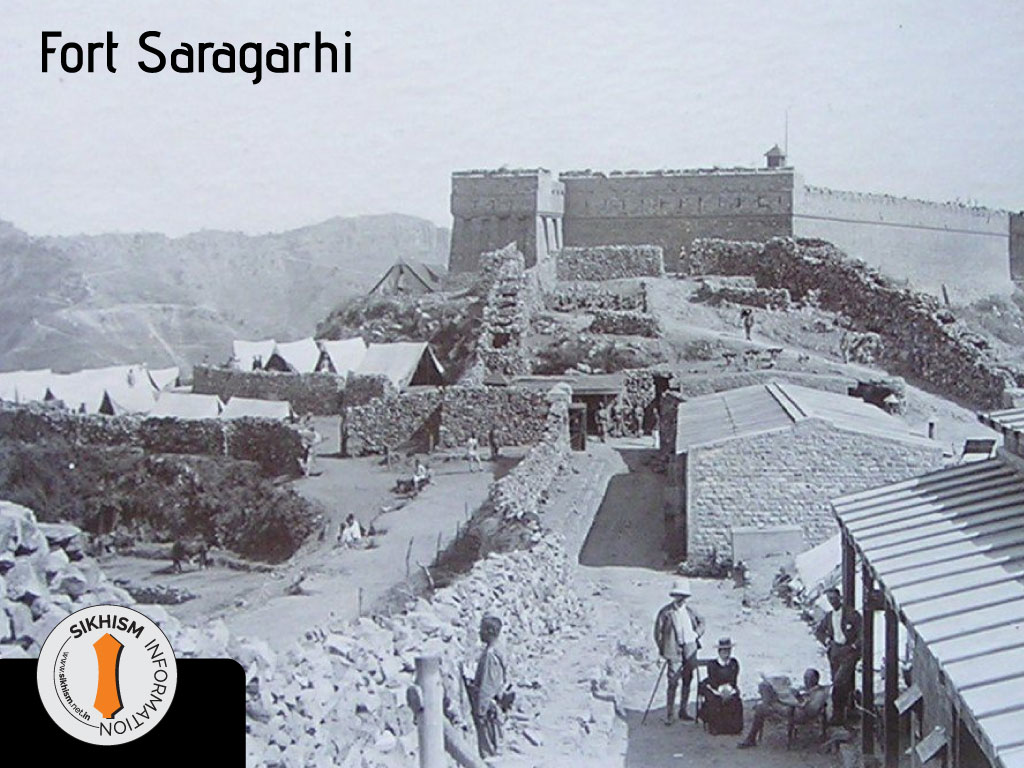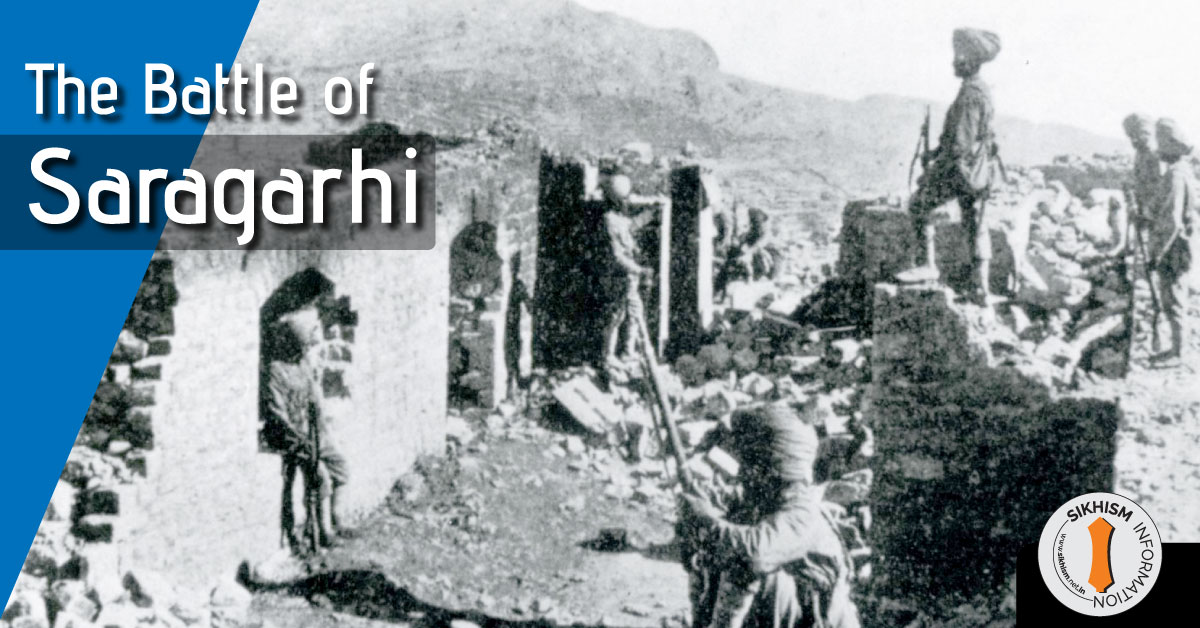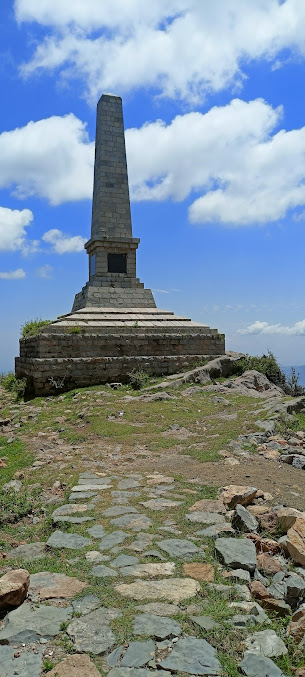
The Battle of Saragarhi was a last-stand battle fought. On 12 September 1897, an estimated 12,000 – 24,000 Orakzai and Afridi tribesmen were seen near Gogra, at Samana Suk, and around Saragarhi, cutting off Fort Gulistan from Fort Lockhart. The Afghans attacked the outpost of Saragarhi where thousands of them swarmed and surrounded the fort, preparing to assault it. Led by Havildar Ishar Singh, the 21 soldiers in the fort—all of whom were Sikhs—refused to surrender and were wiped out in a last stand. The post was recaptured two days later by another British Indian contingent.
All the 21 soldiers involved in the battle were posthumously awarded the Indian Order of Merit, which was the highest gallantry award that an Indian soldier could receive at the time. The Indian Army's 4th battalion of the Sikh Regiment commemorates the battle every year on 12 September, as Saragarhi Day.

Saragarhi was a small village in the border district of Kohat, situated on the Samana Range, in present-day Pakistan. On 20 April 1894, the 36th Sikhs of the British Indian Army was created under the command of Colonel J. Cook, entirely composed of Jat Sikhs. In August 1897, five companies of the 36th Sikhs under Lieutenant Colonel John Haughton were sent to the northwest frontier of British India (modern-day Khyber Pakhtunkhwa) and were stationed at Samana Hills, Kurag, Sangar, Sahtop Dhar, and Saragarhi.

The British had partially succeeded in getting control of this volatile area, but tribal Pashtuns continued to attack British personnel from time to time. Thus, a series of forts, originally built by Ranjit Singh, the ruler of the Sikh Empire, were consolidated. Two of the forts were Fort Lockhart (on the Samana Range of the Hindu Kush mountains), and Fort Gulistan (Sulaiman Range), situated a few miles apart. Fort Lockhart is located at 33.5562°N 70.9188°E. Due to the forts not being visible to each other, Saragarhi was created midway, as a heliographic communication post. The Saragarhi post, situated on a rocky ridge, consisted of a small block house with loop-holed ramparts and a signalling tower.
A general uprising by the Afghans began there in 1897 and, between 27 August and 11 September, many vigorous efforts by Pashtuns to capture the forts were thwarted by the 36th Sikhs. In 1897, insurgent and inimical activities had increased, and on 3 and 9 September Afridi tribesmen, allied with the Afghans, attacked Fort Gulistan. Both the attacks were repulsed, and a relief column from Fort Lockhart, on its return trip, reinforced the signalling detachment positioned at Saragarhi, increasing its strength to three non-commissioned officers (NCOs) and eighteen other ranks (ORs).

Text with thanks from wikipedia
